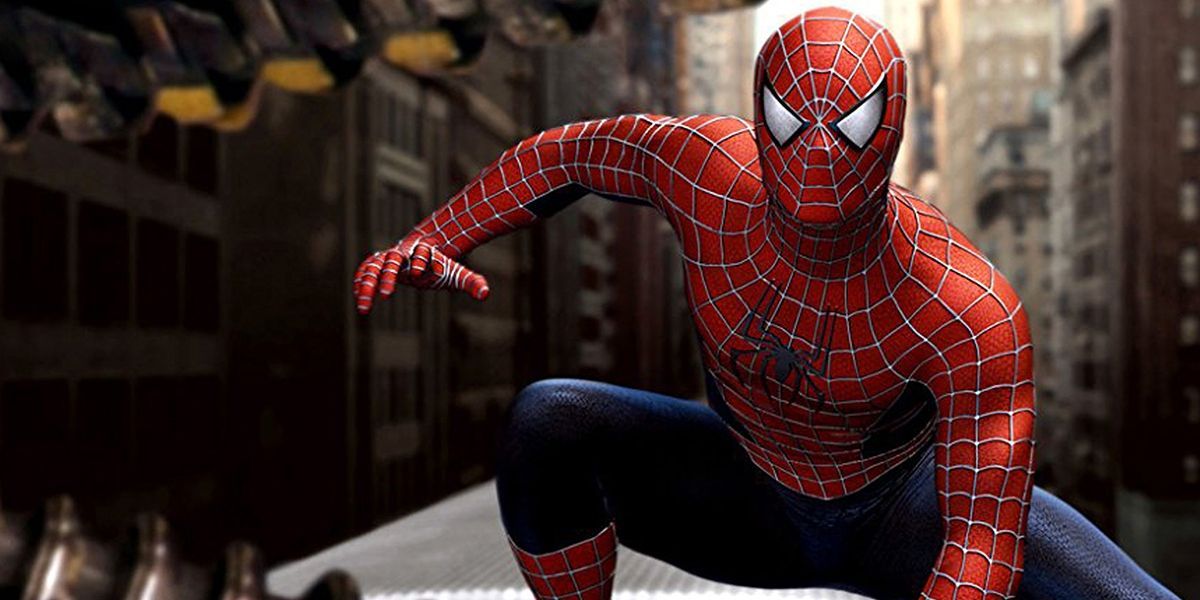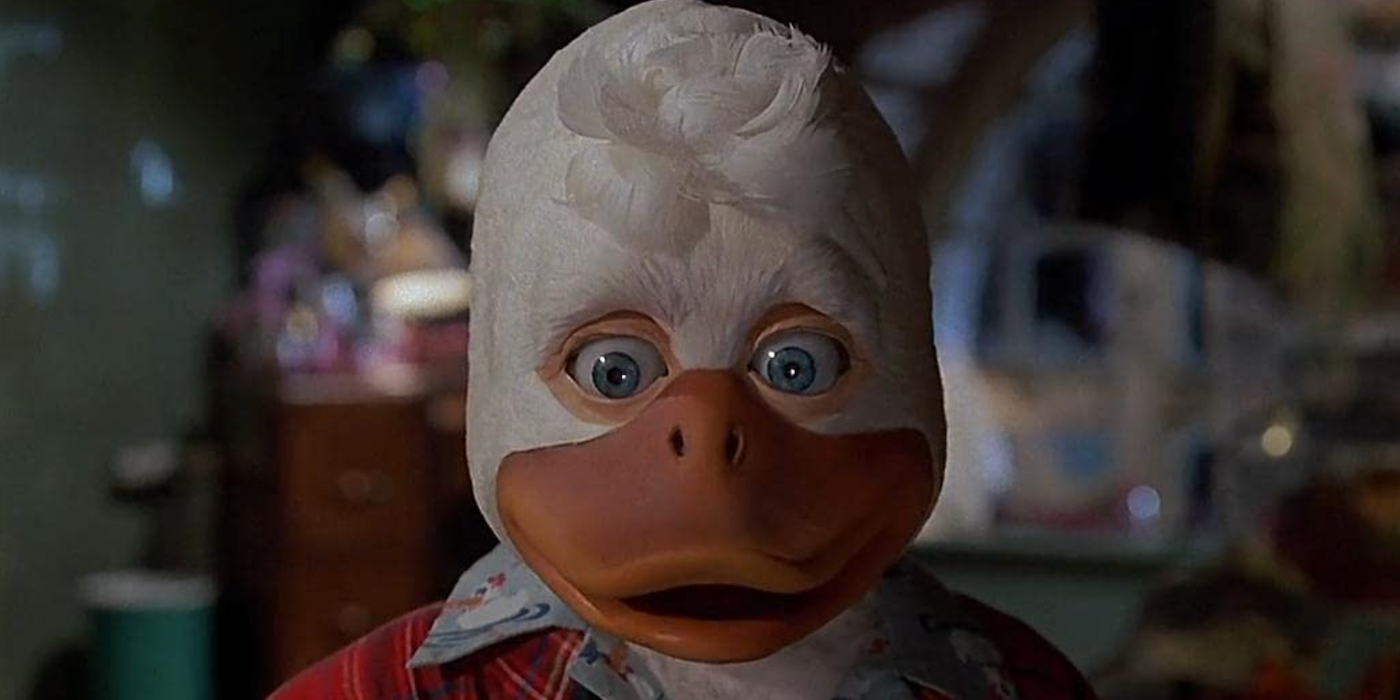The Good, the Bad, and the Ugly of the pre-MCU.

Do you recall what Marvel movies were like before Disney took over? Let’s look at it this way. Critical reception to the latest MCU release, Ant-Man and the Wasp: Quantumania, has been average at best, currently rocking a Rotten 48% on Rotten Tomatoes. Even a low score like that tops pre-Disney Marvel films like Howard the Duck (14%) or 2003’s Daredevil (43%). Generally speaking, Ant-Man and the Wasp: Quantumania‘s critical reception is not the norm for the MCU, with the derided Eternals the only MCU film to score worse, so it can safely be said that Disney righted the ship for Marvel. Before Disney, Marvel movies varied radically in quality. So, with apologies to Sergio Leone, let’s look at the Good, the Bad, and the Ugly of pre-Disney Marvel movies, and how Disney can do a course correct for characters in those films who have yet to join the MCU.
Pre-MCU: The Good
Image via Sony
At one end of the pre-MCU spectrum are some very good films that are faithful to the source material and brought something new to the genre. Sony struck gold with its Spider-Man trilogy, the first to bring the character to the big screen beginning with the 2002 release of Spider-Man. The three films, directed by Sam Raimi, redefined the superhero genre going forward, with Spider-Man still heralded as one of the best superhero movies ever made. Sony’s reboot of the franchise, the two The Amazing Spider-Man films, weren’t received as well as Raimi’s films, but Andrew Garfield‘s take is enjoying a fond look back, with fans reevaluating the film positively. What works for both takes is how they bring the iconic costume to life, and how both Garfield and Tobey Maguire brought a grounded take on both Peter Parker and his alter-ego.
The first two X-Men films from 20th Century Fox are another example of how good a Marvel adaptation can be apart from the Mouse House. X-Men and X2: X-Men United brought the mutant world of the comics to vivid life, with effects that made the varied traits of the heroes pop on screen. Both films brought something different to the genre as well, an emotional depth that wasn’t typical of the genre at the time, unabashedly showing the horror of the Auschwitz concentration camp and how it affected Magneto (Ian McKellen), and the cold callousness that saw Wolverine (Hugh Jackman) receive his adamantium skeleton.
Pre-MCU: The Bad
Image via Universal Pictures
It may not be fair to kick a movie that’s been mercilessly attacked since its release in 1986, but there’s simply no denying just how bad Howard the Duck is. For what it’s worth, the film centers on Howard (Ed Gale), a 27-year-old anthropomorphic duck on Duckworld who is inadvertently brought to Earth. Like most of the bad Marvel films pre-MCU, Howard the Duck overlooks what made the character work in the source material, aiming instead for cheap laughs with a main duck character whose appearance is laughably awful at best. Add to that an icky love story between Howard and the very human Beverly (Lea Thompson), and you’d have to agree that Universal Pictures dropped the ball big time.
Punisher: War Zone has the distinction of being the last Punisher film released before the character’s rights reverted to Marvel Studios. It’s a shame that those rights didn’t revert sooner: Lionsgate’s release of the film was critically destroyed, with its $10 million gross not even coming close to covering production costs. The film sees Frank Castle (Ray Stevenson) still waging war against the criminals of NYC, which should be enough for even an average film about the character. Instead, it’s depressing, needlessly violent, and with dialogue that is only a notch above Neanderthal grunts. Like Howard the Duck, Punisher: War Zone disregards the source material, instead boiling it down to just Castle’s vigilantism without the nuances of the comics.
Pre-MCU: The Ugly
Image via Marvel
20th Century Fox’s 2005 Fantastic Four is a prime example of the ugly of pre-MCU Marvel films. The film isn’t bad enough to be considered bad, isn’t good enough to be considered good, and despite the film being watchable, there are elements that just don’t work. The film, of course, is an origin story for the first family of Marvel Comics, and actually does a pretty decent job of it. The actors are game, especially Michael Chiklis as Thing and a pre-Captain America Chris Evans as the Human Torch. However, Julian McMahon as Doctor Doom looks ridiculous, and Chiklis’ Thing makeup looks like solid broken pieces of Play-Doh. And never forget the even uglier version, the 1994 Roger Corman-produced The Fantastic Four film that never even got released.
Likewise, the 1979 made-for-television film from Universal Television, Captain America, is a watchable film featuring Reb Brown as Steve Rogers. The movie takes liberties with the source material, but overall Brown makes for a decent Cap, one who shares the values of the other Captain Americas that have seen the screen. But the look of the character is flat-out ugly. The shield looks like a flimsy plastic disc, largely transparent save two stripes and the star in the center. Cap’s helmet is just that, a motorcycle helmet with wings painted on the side with the ‘A’ at the front. It makes him look like a member of the world’s lamest motorcycle gang.
Disney Saves the Day
-1.jpeg)
Image via Disney
There are two things that are evidently wrong with the pre-MCU Marvel films. First, there is nothing that connects one to the other. Each film — good, bad, or ugly — is a solo that has no relevance to any other Marvel associated film. It’s not necessarily a bad thing — some would argue that DC’s approach to IP films being independent allows for more freedom — but the connection in the MCU largely contributes to the overall quality of all the films. The second point ties into the first, with the rights to the Marvel characters being scattered among multiple film companies. Both the Hulk and Sub-Mariner’s film rights lie with Universal, and to make a long story short, unless Universal gives permission as they did for The Incredible Hulk, the two characters will not appear in their own films. Sony has played nice with Disney, but this hasn’t stopped them from creating their own Spider-verse using the Marvel characters that they have the rights to, leading to travesties like Morbius.
However, with Disney’s acquisition of 20th Century Fox, properties that were under their ownership, like the X-Men, now can be used in the MCU. What this means is that whatever was done with these characters beforehand becomes moot. The MCU has proven to be much more in tune with the source material, including costuming, something that made Captain America look way cooler and something that can only benefit The Fantastic Four and the aforementioned X-Men. Howard the Duck’s brief appearance in the end-credits scene in Guardians of the Galaxy salvaged the character in the public eye after the monumental failure that was his own solo film. It also bodes well for characters that have yet to make an appearance in the MCU that have appeared in pre-MCU Marvel films: Elektra, Silver Surfer, Ghost Rider and more. So, before panning any MCU release, just remember there was a time before the MCU that had more than its share of misfires, and be thankful for Mickey’s Marvel.
The first entry in Phase 5 of the MCU, Ant-Man and the Wasp: Quantumania, is currently playing in theaters.
source: collider.com/











